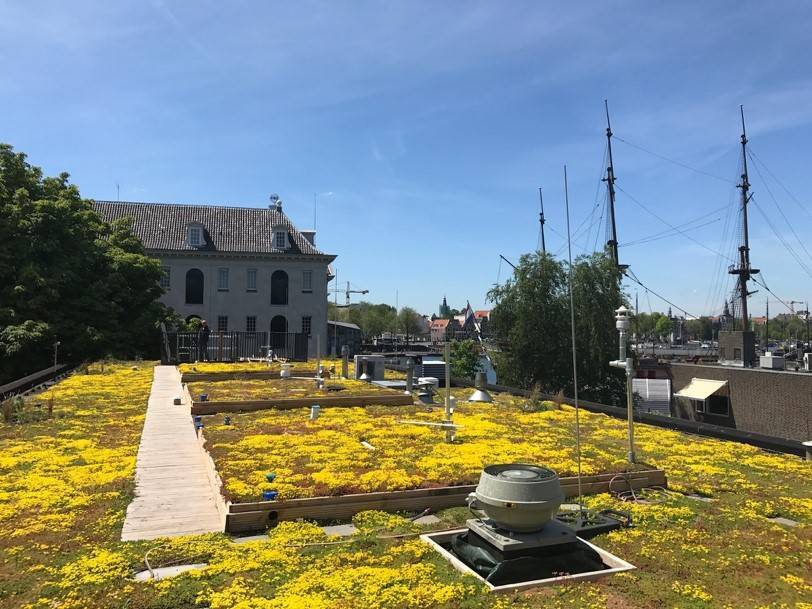Blue-Green Infrastructure begins to take centre stage in UK consciousness
Monday 3rd December 2018

The importance of green space and of harnessing one of the UK’s biggest natural resources – rainfall – has received a welcome boost in recent weeks, as the benefits of green infrastructure has received national coverage. Are Blue-Green Infrastructure solutions and designs set to breakthrough with a wider audience?
Why now?
A recent report from The Fields Trust, outlining that green spaces across the UK provides £34bn of health and wellbeing benefits, sparked the imagination of the public and struck a chord with Green Infrastructure advocates across the UK construction sector.
The construction sector is waking up to new ways to enhance our city environments with Blue-Green Infrastructure. The University of Exeter has announced a £1 million investment for an online toolkit, designed to empower cities to assess the benefits and place a project to project value on Blue-Green infrastructure.
Putting the expertise into practise
At Polypipe Civils, we have been working with a range of organisations to introduce Blue-Green Infrastructure in order to enhance the use and management of water. With the technical knowledge available throughout the sector, we know that the UK can lead a step change in the way we design buildings to manage water.
The aim of rainwater protection and weather proofing a building has long been to move water away from a building to protect a structure. However, as can be seen in a number of high profile projects throughout the world, such as the Bosco Verticale in Milan, which recently featured on BBC Gardener’s World, that there is a growing desire to rethink the use of our natural resources.
That’s why we have spent years designing, developing and manufacturing Blue-Green roof systems to act as a soakaway or to capture water at the source and store it above and below ground.
The future of Blue-Green Infrastructure
Blue-Green roof applications absorb rainwater at source, reducing run-off whilst enabling water to evaporate more effectively – up to 60% - which helps to cool the surrounding environment, while providing a source of water to sustain amenities such as roof gardens, and new green space on city developments.
With urban environments needing to deliver more than seasonal greening now more than ever before, there is a growing body of evidence, research and advocates for green infrastructure holding a more central role in construction.
In the age of the Internet of Things, it must surely only be a question of time before a significant city looks to put into operation a full-scale Blue-Green Infrastructure strategy which can harness wireless technologies. This would be used to demonstrate - in real time - the immense social and economic benefits of installation, from the health of a citizen, the climate footprint of the city and the overall vitality of a city neighbourhood.


